The ARCoptix FT-IR spectrometer is an all-fibered alternative to our "Rocket" configurations. It features the same components as the FT-NIR or FT-MIR Rocket instruments, with the addition of an internally mounted optical source that enables to modulate light before coupling it to the output port of the device. This architecture is thus more robust to external perturbations such as background thermal emission, as such parasitic light would not go through the interferometer before reaching the detector. Our FTIR-FC is ideal for fibered applications such as reflection probes used for diffuse reflection measurements.
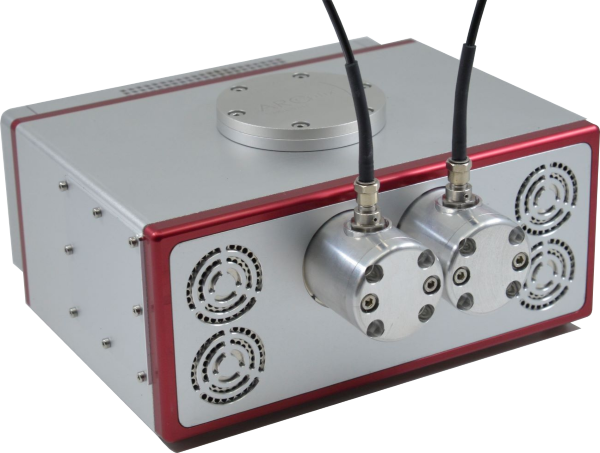
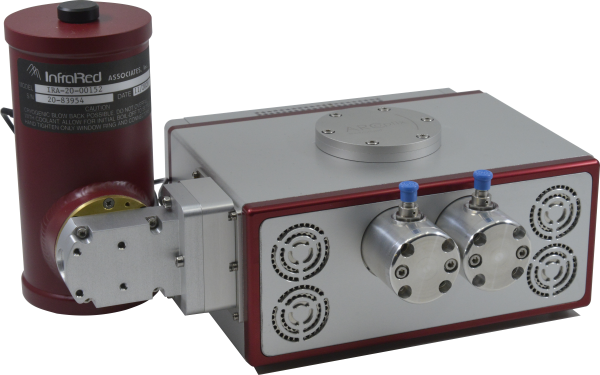
Characteristics
- Ideal for operation with fibered probes
- All-in-one solution: source, interferometer, detector and fiber-couplers
- Most compact fiber-coupled FT-IR on the market
- Available with TE-cooled or liquid-nitrogen cooled MCT detectors

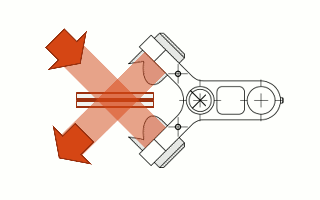
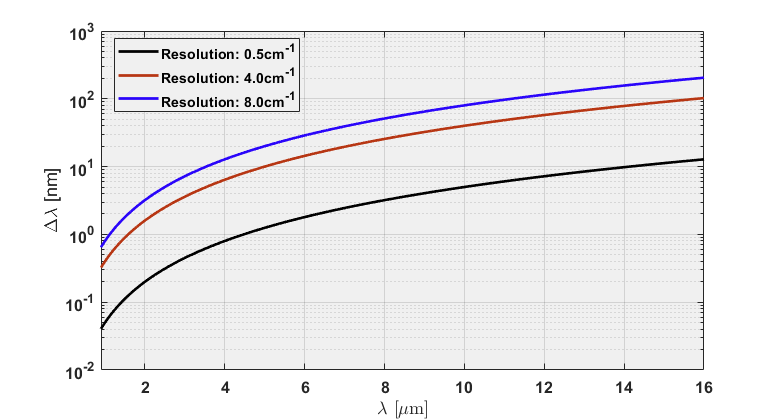
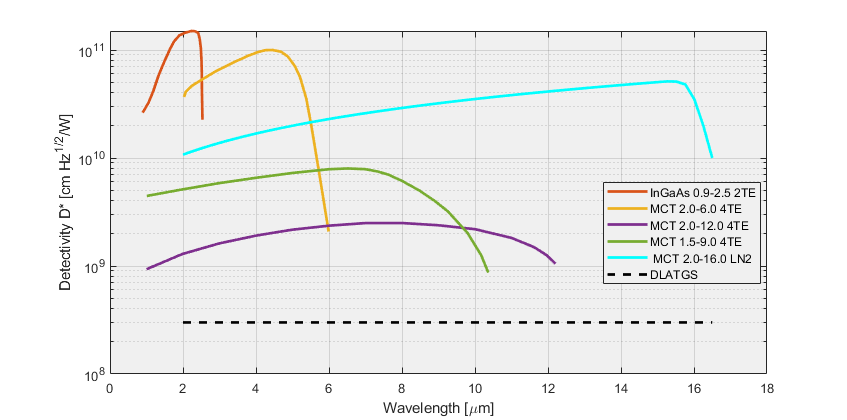



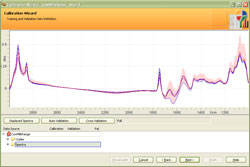
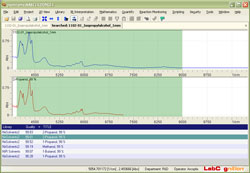
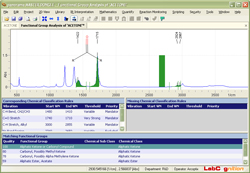
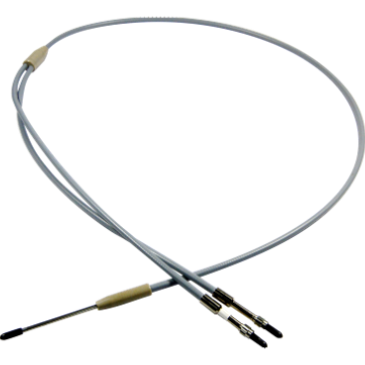
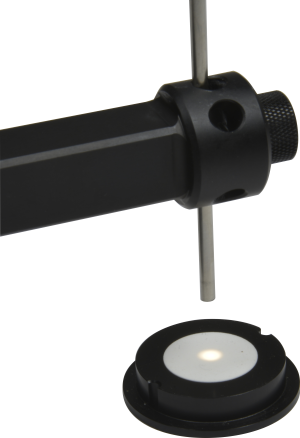
 DOWNLOAD
DOWNLOAD






